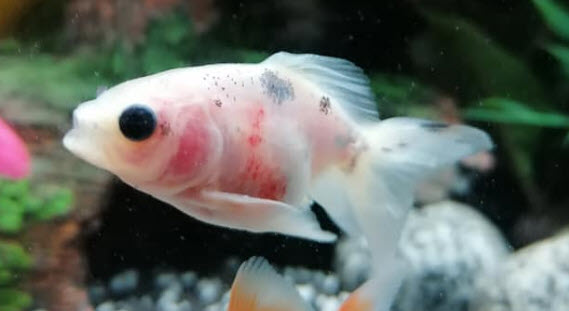
If one has more than one fish with a bacterial disease, one must treat the whole aquarium. This is an emergency. Don’t fool around with herbs or some ineffective treatment. Ben Ochart treated a bacterial infection with Pimafix and Melafix. They did nothing to stop the infection. He lost a lot of large beautiful fish before he stopped the infection with antibiotics.
It is very important to have antibiotic on hand and begin immediate treatment when a bacterial disease is detected. Treat the whole aquarium with a good antibiotic. To do that:
- For internal bacterial infections like septicemia or popeye add antibiotics to some food and feed half the normal amount of food. Antibiotics for internal bacterial infections are only effective taken in the food.
- If it is an external infection (i.e. the bacteria have attacked the skin of the fish) also add the antibiotics to the food as the bacteria is invariably also attacking the fish internally and that is what kills the fish. If you want to be more comfortable add the antibiotic to the water but be aware this can be very expensive and does little.
- If it is an external bacterial infection and you are adding antibiotic to the water, take the biofiltration media out of the filters along with any sponge materials and put it in a bucket of water for the duration of the treatment. The antibiotic will be biodegraded as it goes through the media if you leave the media in place. Sometimes the antibiotic kills the beneficial bacteria and sometimes it doesn’t. There is no way to predict that outcome.
- Keep measuring the ammonia every 12 hours or so and change the water if it spikes.
Antibiotics kill external and internal bacteria on and in fish and have a definite role in any aquarium. Antibiotics are approved for use in humans, so they are very safe and effective.
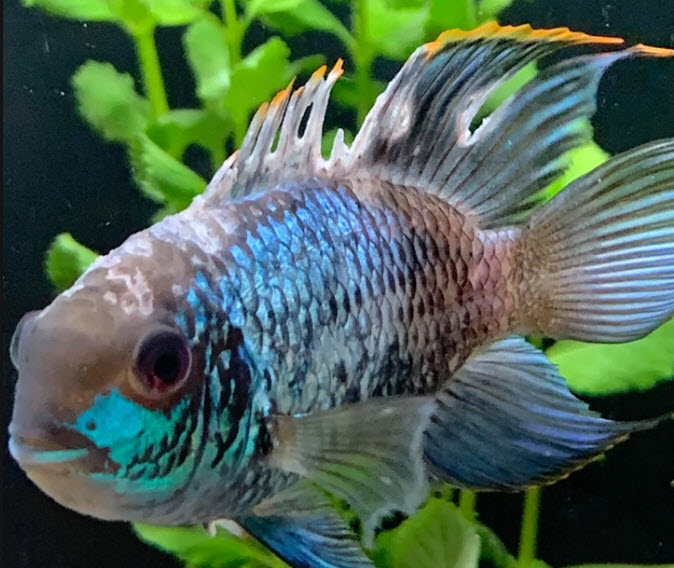
Gram Negative and Gram Positive
Bacteria can generally be put in two separate groups, the gram-positive and the gram-negative groups. Antibiotics are of three general groups: broad spectrum (effective against both groups of bacteria), effective against gram positive, and effective against gram negative. The most frequent cause of bacterial infections in fish, columnaris (Flavobacterium columnare), is gram negative.
While columnaris is the most common bacterial pathogen in an aquarium the exact bacteria species can’t really be determined by the hobbyist. Sometimes other bacterial species are at fault in bacterial infections of tropical freshwater aquarium fish. But the best bet is to always treat with a broad spectrum antibiotic which covers gram negative bacteria.
Note that if you have multiple fish dying with no discernable reason, suspect a bacterium and treat with antibiotics. This will give you the best chance of stopping the unknown pathogen.
All antibiotics don’t kill all bacteria. So, treating with antibiotics is a bit of a crap shoot, you can be unlucky and inadvertently chose the wrong antibiotic. But don’t mix antibiotics. Per the University of Florida:
“Combining different antibiotics is generally not recommended. Antibiotics work at many different sites on and in the targeted bacterial cell. Using more than one antibiotic can result in interference between them and, as a worst-case scenario, the antibiotics can essentially ‘cancel each other out.’ Most bacterial infections can be treated effectively with a single antibiotic”
To rid the fish of a bacterial disease, treat the fish with a broad-spectrum antibiotic.
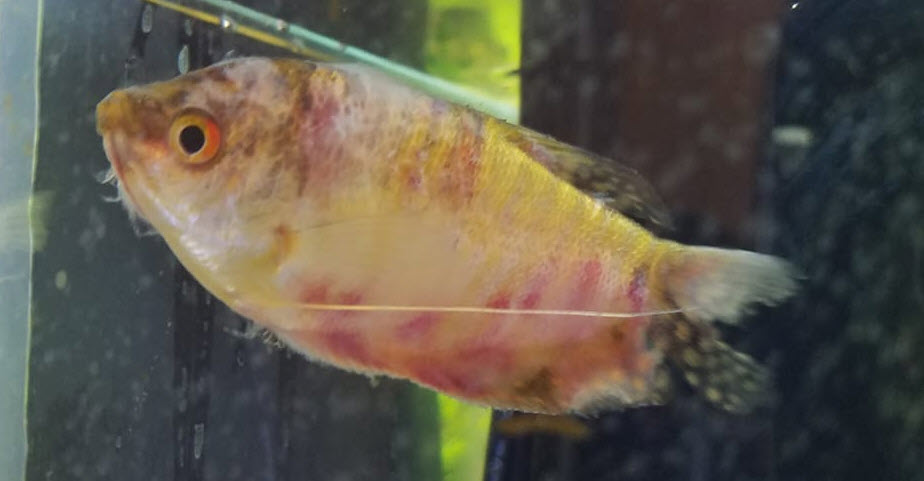
How to Use Antibiotics
Bacterial infections are most effectively treated with antibiotics in the food. Many believe (and the instructions on the antibiotics say!) that antibiotics need to be added to the water. They are simply incorrect. This controversial topic is covered in the following link:
12.5. Fish Don’t Drink
It is easy to make medicated food. Heat 1/4 cup water (two ounces or 58 milliliters, not a lot) in the microwave. Then blend seven grams of plain animal derived gelatin (Knox gelatin, one packet) into the hot solution with vigorous stirring. Take two tablespoons of dry commercial fish food (pellets or flake) and mix it with just a little of the hot water/ gelatin mixture. Add hot water/gelatin until you get a paste like consistency. If it gets too watery just add more food. To get gel food to float simply mix in a little whipped cream at this point.
Then add just a “smidgen” (roughly 1/16 teaspoon, a 1% to 2% addition) of medication to the mud. If you are using more than one medication mix the medications together, then use just a “smidgen” of the mixture. If you are using a packet of medication, take just a “smidgen” of the packet contents. Mix and mash the whole mass thoroughly. Spread it out into a pancake about 1/8th inch (3 mm) thick on a plastic film or a plate. Then put in the refrigerator. If you plan on keeping it for more than two weeks put it in a small plastic bag and freeze.
Many do not like going to all this trouble and just mix wet commercial food with powdered antibiotic. When this food is put in the aquarium it will rapidly disintegrate, dissolve and cloud the water. The fish typically can eat very little of it. At least bake the food in a low temperature oven till it is dry and like a cracker. This makes the fillers in the commercial food act as a binder which will keep the food together in the aquarium longer.
All the fish in the aquarium should be fed a steady diet of the antibiotic laced food for at least ten days. Note that the exact amount of medication which goes into the food is not very important. Antibiotics can be overdosed pretty much with abandon as they are only toxic in large doses over a period of months.
If the disease continues to progress you might have a gram-positive bacterial infection. Switch to erythromycin (API E.M. Erythromycin, Mardel Maracyn) or penicillin.
Note that if one has large fish such as Oscars or koi one can inject the antibiotics into the fish. This is the best way to administer antibiotics but it takes a steady hand and some knowledge of fish anatomy. It is important to inject the fish in a muscle mass that doesn’t contain any organs or main nerves. This is typically in the upper rear quadrant of the fish. And think very tiny amounts of injection of very tiny amounts of antibiotics.
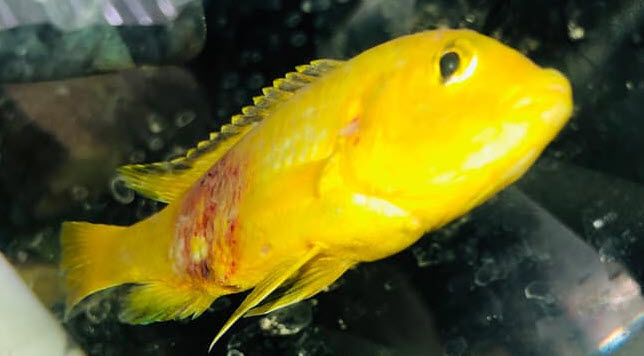
Best Antibiotics for the Aquarium
The best aquarium broad spectrum antibiotics are as follows (with the most effective first):
- amoxicillin ( Midland Vet Service Aqua-Mox, VetDepot Amoxicillin, Fishbiotic Ampicillin) $10-$20
- minocycline (Mardel Maracyn 2) $8-$17
- tetracycline (API T.C. Tetracycline) $8
- doxycycline (API Fin and Body Cure) $18
- kanamycin (Seachem Kanaplex) $18
Note that with COVID some of these antibiotics have become hard to get and very expensive.
Other Antibiotics
Be aware that some strains of bacteria are becoming resistant to first line antibiotics. So, switch antibiotics if the infection continues in the hospital aquarium.
If on is hunting for a good “cure-all” treatment that won’t break the bank, use oxalinic acid. It’s the poor man’s antibiotic and used in ponds.
Note that metronidazole is often listed as an antibiotic. As an antibiotic it is only useful against some anaerobic organisms such as clostridium difficile (c. diff). These organisms only are secondary invaders in “stringy white poop” disease (some call this “hexamita”). Virtually all pathogenic bacteria are NOT anaerobic and will not be affected by metronidazole. So this isn’t really useful as an “antibiotic” for most fish diseases.
Note also that it is quite easy to take a pill or capsule of human antibiotic and use it for fish. If it is a pill just grind it up. Just be aware that the human antibiotics are about ten times more potent than the aquarium antibiotics, so just a “smidgen” in the food is more than enough. This is a very good option for the folks in Europe or Canada, where fish antibiotics are illegal.
Note also that one can get a very effective broad spectrum antibiotic called “Baytril” (Enrofloxacin) from veterinarian supply stores (it is used to treat cats and dogs but not humans). Some people in the UK and Canada have been able to get this from the internet from pigeon racing websites. Use it ONLY if one can’t get the other antibiotics as it has more serious side effects than the human approved antibiotics. And use it ONLY as a treatment for what is clearly a bacterial disease, DO NOT use it prophylactically or in a shotgun approach.
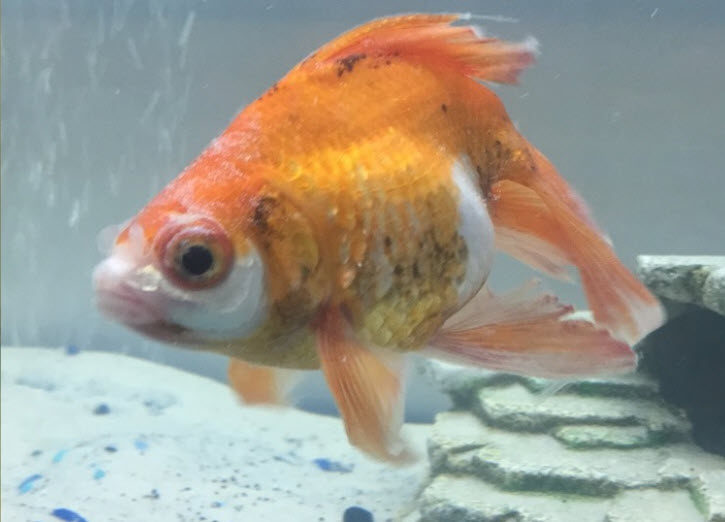
Creating Antibiotic Resistant Bacteria
Several sources recommend against antibiotic treatment as this will supposedly result in antibiotic resistant strains of bacteria. The chances of producing an antibiotic resistant strain of bacteria in a home aquarium are around one in a billion. Commercial fish breeders in southeast Asia use antibiotics by the ton with millions of fish. They probably have already produced several antibiotic resistant strains of bacteria. The chances of some hobbyist doing that are infinitesimally small. Don’t worry about it.
In any case, just think about the idea of not using anything (like an antibiotic) because it might result in a resistant strain of anything (like a resistant bacteria). Any EFFECTIVE medication runs the risk of creating a resistant organism. So IF Melafix was effective against bacterial infections, using it will, in theory, ultimately result in Melafix resistant bacteria. So by this line of logic one should never use Melafix. Ergo the only way to prevent creating a resistant organism is to use an ineffective medication. So the logic becomes use an ineffective medication and let your fish die. HHhhmmm …. think about that for a second.
.
Return to Diseases Menu
Return to Bacterial Diseases Menu
.
Aquarium Science Website
The chapters shown below or on the right side in maroon lead to close to 400 articles on all aspects of keeping a freshwater aquarium. These articles have NO links to profit making sites and are thus unbiased in their recommendations, unlike all the for-profit sites you will find with Google. Bookmark and browse!
.

Leo M says
I should add that I did have a filtration issue that could have contributed to a build up of bacteria in the water. There was never any huge conspicuous bacterial bloom but the flow of the filter was almost entirely stopped for a few days.
Leo M says
Hello!
I have a 55g community tank with a very diverse species list. Some of these fish are typically not recommended together because of the risk of one outcompeting the other, and my workaround has been largely feeding brine. This has allowed all of the inhabitants to get a healthy portion of food, since brine quickly evenly disperses in the aquarium.
I suspect a bacterial infection has started from my rummynose tetras (notoriously very healthy and hardy fish… jk), and seems to be impacting at least one of my zebra danios. My HOPE is that they just have a weakened immune system after a bout of ich that stayed mostly contained to them, but I’d like to try and make sure everyone gets a share of the antibiotics to be safe. Do you have any recommendations for getting medicated food to my shier tiny fish that are currently only used to taking live? Scarlet badis, peacock gudgeons, sparkling gouramis, etc. I wish I could just feed the meds to the brine shrimp but I have a feeling it definitely does not work that way lol.
Stacey says
Thanks, Dave. We did end up purchasing a small 3 gallon tank setup and isolating her. I did everything to recreate the main tank’s parameters. I added the antibiotics to her tank water, plus fed her a miniscule piece of the medicated food. She has perked up a bit. I fed the main tank the medicated food, and I’m hopeful it won’t spread.
Dave says
In reply to Stacey ….. Just feed everybody the medicated food.
Stacey says
Hi, Dave.
Newly cycled 50 gallon tank. 8 danios (down from 9, one died from sunken belly), 3 Cory’s (one died second day, cause unknown, assuming transportation stress, replaced), one pleco, one mystery snail and 4 platys. Fish were added every two weeks after verifying the cycling for a few days. Platys and Cory’s are 9 days in the tank, the others 22 days.
Zero ammonia, nitrites, nitrates, ph 8 (we have hard water). Gh 12 kh 7. One partial water change about a week ago, as my roommate was stressing over the snail not getting enough calcium (that was before the kh/gh kis arrived).
One platy, female, is now at the bottom of the tank with red gills. No one else is showing signs. We’re heading to petsmart as they carry api fin and body there. We’re also getting gelatin to make your slurry. We’re stressing over how to feed her, but want to keep the others safe. We don’t yet have a quarantine tank, but we could move her to a 3 gallon fish bowl with no heat.
Advice?
Dave says
In reply to Adam … Yes, it is a replacement.
Adam K. says
HI David,
Do you mean that we can replace Maracyn 2 with amoxil?
So, to use Amoxil + Meproples.
Dave says
In reply to Adam K …. You can use amoxicillin INTERCHANGEABLY with Maracyn 2.
Adam K. says
Dear Sir, o Madam,
In shotgun method, you suggest mixing maracyn 2 & metroplex. Since here, mentioned that amoxicillin is the most effective. Can we you it in a shotgun method, mixing it with maracyn and/or metroplex?